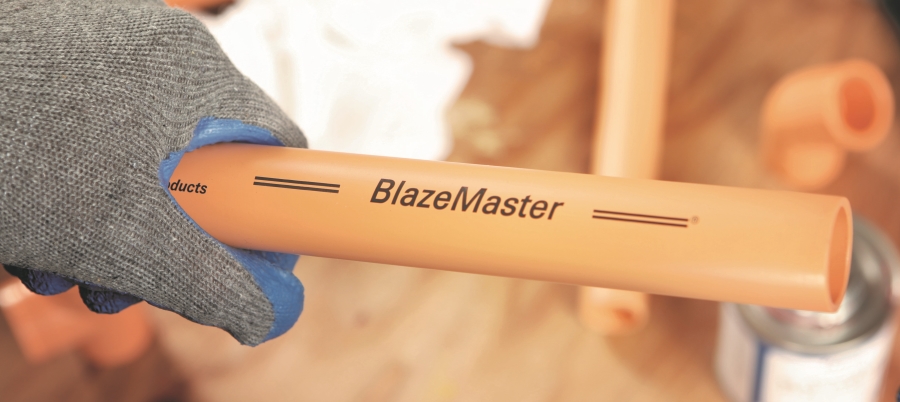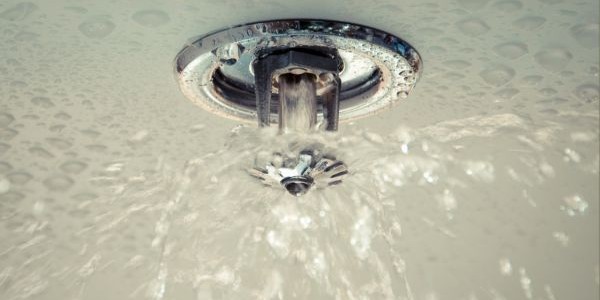How Long Does Solvent Cement Take to Set?
Recommended CPVC Cure Time?
-
Understanding the solvent welding process is crucial for installers using CPVC piping, particularly with products like BlazeMaster® Fire Protection Systems.
-
Key factors affecting CPVC cure times include pipe size, ambient temperature, and humidity, each of which influences how long CPVC cement takes to set effectively.
-
BlazeMaster CPVC piping offers significant advantages over traditional steel systems, including faster, more cost-efficient installations and reduced disturbance during retrofit projects.
When it comes to installing CPVC piping, the method of joining the piping plays a crucial role in the overall efficiency and reliability of the system. BlazeMaster® Fire Protection Systems utilise a specialised solvent cement joining process that is not only simple but ensures a strong, permanent bond that exceeds the strength of the piping or fittings alone.
The Science Behind Solvent Welding
The solvent welding process involves using solvent cement to chemically dissolve the top layers of the CPVC material at the joint, allowing the molecular chains to intertwine and solidify into a single robust structure. Unlike traditional glueing methods, solvent welding creates a bond that is integral to the pipe itself, offering enhanced security and durability.

Reliability For Life
Aside from its impressive safety features, BlazeMaster CPVC fire sprinkler systems offer advantages that extend beyond initial installation. With the ability to withstand high temperatures and pressure, BlazeMaster CPVC systems ensure long-lasting performance and efficiency, even in challenging environments.
Corrosion
Corrosion is a common issue in traditional steel pipes, leading to reduced water flow and system malfunctions over time. CPVC's resistance to corrosion ensures consistent performance throughout its lifespan, maintaining water quality and system effectiveness.
Water Quality
The solvent welding process involves using solvent cement to chemically dissolve the top layers of the CPVC material at the joint, allowing the molecular chains to intertwine and solidify into a single robust structure. Unlike traditional glueing methods, solvent welding creates a bond that is integral to the pipe itself, offering enhanced security and durability.

Lower Cost of Install
In addition to its safety and durability benefits, CPVC fire sprinkler systems offer a cost-effective alternative to steel installations. The significant reduction in installation time and associated costs make CPVC an attractive choice for projects requiring efficient and reliable fire protection solutions.
TRUSTED PERFORMANCE
FOR LIFE
Partner with BlazeMaster® Fire Protection Systems, the most specified nonmetallic fire sprinkler systems in the world, offering easy installation, inherent corrosion resistance and excellent flame and smoke characteristics.
TRUSTED PERFORMANCE
FOR LIFE
Partner with BlazeMaster® Fire Protection Systems, the most specified nonmetallic fire sprinkler systems in the world, offering easy installation, inherent corrosion resistance and excellent flame and smoke characteristics.
